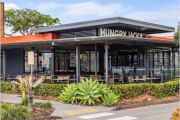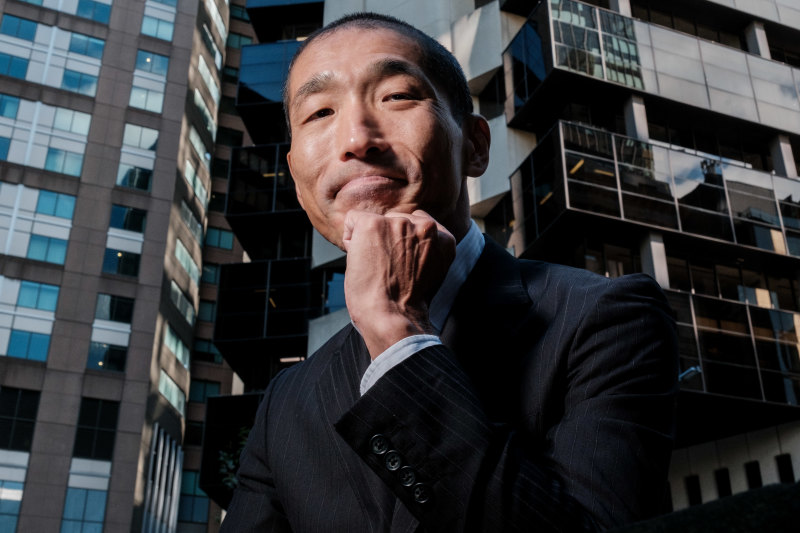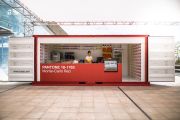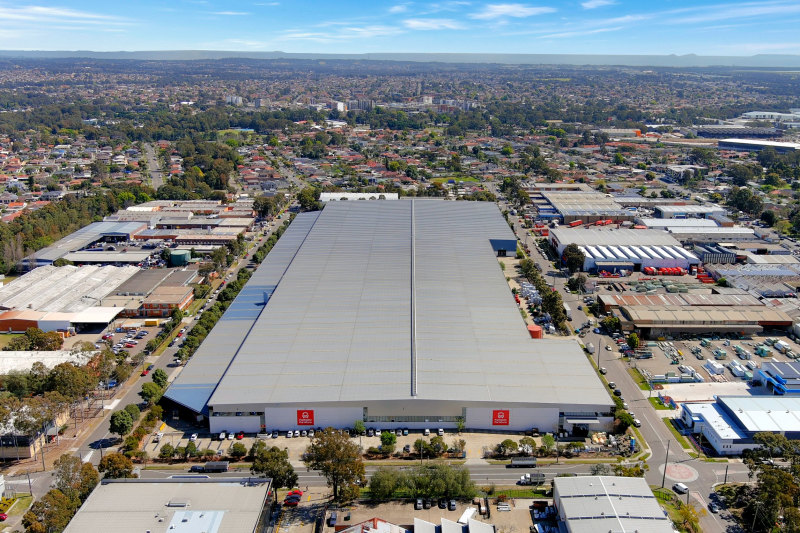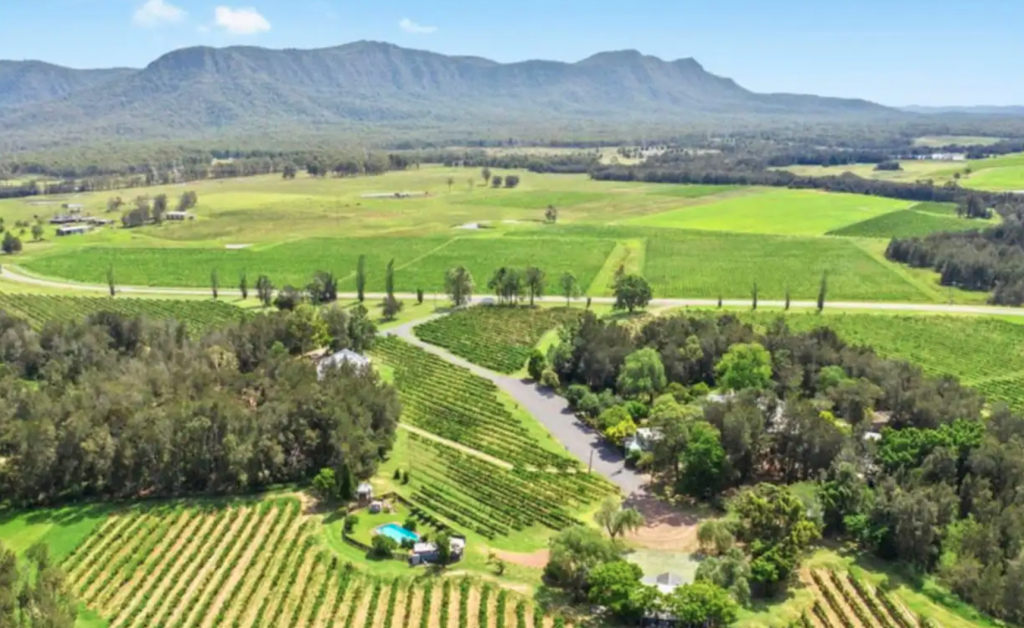
All cashed up with nowhere to go, wealthy buyers target rural trophies
New life came to a Hunter region property that was once the base of celebrity chef Peter Meier when a Sydney buyer acquired the 10.1-hectare Casuarina Estate in Pokolbin, two hours’ drive from the NSW capital, for $3.9 million.
The family bought the collection of separate residences and function venue with swimming pool and 4.8-hectare vineyard at 1023 Hermitage Road to be a retreat for themselves and friends that – with 21 accommodation units in total – they could also rent out on Airbnb when they weren’t using it.
The purchase in March was just under the $4 million price guide. Meier, who sold the property in 2001 for $2.6 million, now lives at Opua in New Zealand’s Bay of Islands region where he owns and runs another guest lodge.
He tells The Australian Financial Review the Pokolbin site was in disrepair when he last saw it about three years ago, and says the $3.9 million price is a good one.
“For a run-down property, it is unusual, it surprised me,” Meier says. “Whoever were the vendors they spent a lot of time and money on Casuarina since I last saw it … especially [that] now it certainly has no record of a successfully trading business.”
But much of the money flowing into rural properties now is valuing them as holiday properties, rather than businesses. Across the country, the pandemic has prompted a run on trophy homes and properties in regional areas by well-heeled city dwellers.
Now that international borders look set to remain closed until next year to prevent the spread of COVID-19, they want the space to get away and spend holiday time.
Record-low borrowing costs make that easier and are likely to keep fuelling demand for the time being, says sales agent Alan Jurd, who marketed the Casuarina property.
“Until we see rates rising, you’re not going to see that change,” Cessnock-based Jurd says. “I really don’t see it changing in the short term. Even if we run into recession, it’s still good buying here compared with the city.”
And it is a leisure purchase. While purchases such as Casuarina Estate offer the chance to make short-stay revenue from an expected growing pool of domestic travellers, the new owners have no work to do on the established vineyard that surrounds their buildings – the grape-growing land is leased to a local winery.
The pandemic-driven dream run for regional property prices may be slowing – capital city dwelling values took back their lead after a year in March, with a 2.8 per cent monthly increase beating the combined regional 2.5 per cent month-on-month gain. Town and country growth level-pegged in April.
But the renewed interest in regional property features across the board as investors chase higher yields and lower price points than they can get in cities. The migration of workers with more freedom to work flexibly is likely to sustain the demand for regional property, even in the face of natural disasters such as March’s devastating floods in NSW.
Vacancy rates have fallen in many regional towns, and rents and prices are on the rise.
“There is a definite investment theme here, not just a lifestyle change,” says Tim Russo, agency Elders’ general manager for real estate.
But above the investment market for mainstream housing stock, demand for high-end properties that give the well-heeled a place to kick back is booming.
Not all are just for leisure. Some people are embracing the challenge of an agricultural workout, as Pedestrian TV co-founder Oscar Martin did last year after paying $5.5 million for a 19-hectare organic vineyard. Martin is working the property into a retreat and holiday destination under a masterplan by Sydney architect Peter Stutchbury.
But the pandemic is putting a global premium on well-located and convenient regional destinations, whether it’s the Hunter Valley or Victoria’s Mornington Peninsula.
In Flinders, 100 kilometres south of Melbourne on the peninsula, a newly built five-bedroom house by developer Brooke Starbuck sold for what market sources say was $23.5 million. The five-bedroom property facing the ocean is on 5000 square metres of land.
The house with a construction budget of about $16 million was not in the more prestigious peninsula suburb of Portsea. However, it shows that even historically cheaper areas are now able to command high prices – even higher than some in Portsea itself, where a frenzied February auction pushed a clifftop home nearly $8 million over its $16.5 million reserve price to sell for $22.2 million.
The house in Flinders at 90 King Street sold for less than the $30 million asking price agent Rob Curtain set for it. But it was purchased by expats and this marks another cohort of buyers competing with cashed-up locals who are looking to put money into leisure assets, Curtain says.
If they are spending US dollars or pounds, expatriate buyers have an automatic advantage over locals.
“There’s going to be continued pressure with competition from expats moving,” he says. “They’ve got a fair head start – they’ve got a 20 or 30 per cent advantage with their dollar.”
Back in the Hunter region, Jurd says sales are still taking some time to happen because financing processes are time-consuming, especially when lenders have to assess a property that is unusual or different. But prices are rising fast, he says.
“A year ago you’d get a nice home on 25 acres for $1.5 million,” he says. “That’s now $2.2 million.
“But if you’ve got an architect-designed home with a bit of substance on 25 acres, that’s going to be $3 million to $3.5 million.”
This article appears in the Financial Review‘s Agribusiness magazine out on Monday, June 7. Read more here.
Get a weekly roundup of the latest news from Commercial Real Estate, delivered straight to your inbox!

